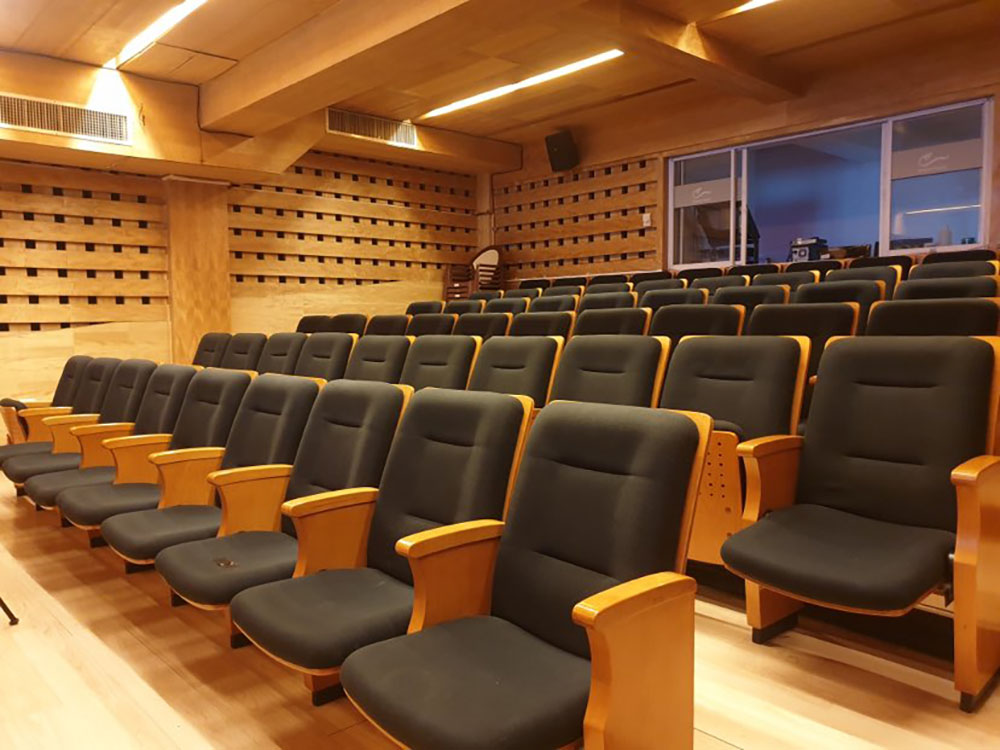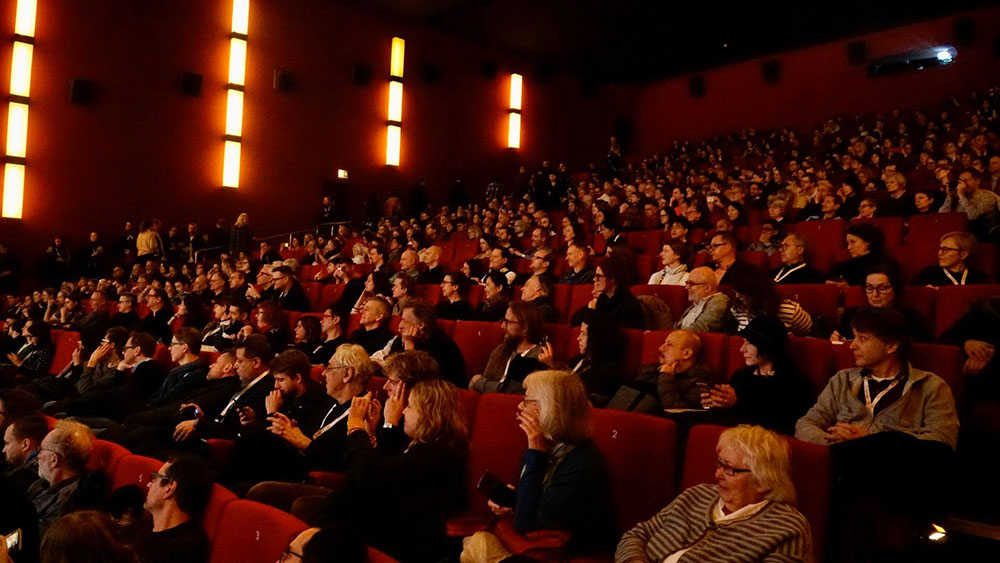Philippine Cinema in transition: Emerging trends and issues in the local film industry

Film, as an art form and a product, engages its stakeholders with its dualistic nature; it has both cultural and economic value and effects. It is not a homogenous monolith but a big, multi-faceted entity. While it deals with mainstream cinema, it also has a thriving independent film scene with a robust new breed of young filmmakers. While it is about story development, artistic endeavors, and content, it is also a business enterprise.
Normally, viewers will prioritize the more basic expenses such as food, utilities, and transportation. Spending for entertainment may sometimes depend on what remains of the budget after the essentials were accounted for.
However, despite the challenges of the pandemic, entertainment has remained to be a priority for many, a quick respite from the stress of the challenging times. While the film industry is still recovering from the closure of entertainment centers, the demand for good movies remains.
The past two years have seen the boom of streaming platforms and has become a part of the common vocabulary. Netflix reports a 60 percent increase in shares and $235 billion-worth of new subscriptions. New streaming platforms have offered competition to respond to the growing demand.
New situations give birth to the emergence of new trends. Even pre-pandemic, the Philippine film industry is in constant flux. Changes happen all the time and this year is no different. Let us take a look at some possible trends and emerging issues this year.
The (hidden) cost of production during the pandemic
Getting on with production amidst the pandemic is a double-edged sword for the film business. On one hand, it gives back the livelihood of film workers that was abruptly taken away. On the other hand, safety protocols, while for the benefit of all, have financial repercussions as well. Ensuring the safety of everyone comes with a cost.

For cinemas, maximum capacity rules and social distancing has reduced possible revenues of cinema operators, adding to it the cost of regular disinfections in between screenings and other logistical adjustments to ensure the safety of moviegoers. As for the production side, location shoots have to provide regular Covid testing for members of the team. Shooting inside a bubble also has additional costs. Add to it the stress of continuing after production interruptions when a member of the crew tests positive.
This financial squeeze can be seen in the decrease in the number of projects finished in the last two years. The film industry is yet to recover from the losses it incurred estimated at P21 billion because of the pandemic.
Aside from the financial constraints, the changes also come with a hidden cost — a strain in relationships. To protect family members, production members opt to isolate or live away from home temporarily. Friendly banter on set, or the simple joy of bonding after a long day of shoot has also given way to less intimate on-set interactions to follow regulations.
The approval of the Film and Live Events Recovery Bill on its third and final reading is a welcome news. It aims to lower the creative tax being collected from theaters, cinemas, and other places of amusement from 10 percent to 5 percent. The bill will now proceed to the Bicameral Conference Committee for approval. Once approved, this can bring relief to our stakeholders.
Desperate times, desperate measures?
This year is a game changer. The direction where our filmmakers will pivot due to the financial challenges to production will decide where we will be in the following years. During the '70s, the filmmakers' limitations in time and finances paved the way for the popularization of raunchy flicks with low production budgets. They were fast and inexpensive to make. The same trend happened in the mid-'90s during the Asian economic crisis.
Hopefully, our industry will not succumb to the charms of the quick and easy and remain committed to quality in both content, artistic merit, and technical aspects. It can be challenging but the raunchy can be intelligent and progressive, too, as long as it is well-thought out and well executed.
Unlike in the earlier decades, the Filipino viewer now has more exposure to international films. Technology has placed a library of films of all shapes and sizes at the tip of the viewer's fingertips accessible anytime, anywhere. With many options and with means to compare, the films we produce, for it to be at par with its international counterparts, must be consistent in its standards.
The value of Filipino content
As an industry, we must work together on improving the valuation of Filipino content in the international market. Sad to say, our current status in terms of the monetary value given to titles coming from the Philippines is lower than that of other Asian countries. For example, a streaming platform may give a lower offer for the rights to stream a Filipino movie.
I believe the first step to add value to our films in the global scene is to develop a reputation of quality and consistency in the films we produce. This calls for a collective effort from everyone in the industry — from mindful filmmakers, to a supportive government, and everything in between.
Filipino films making waves in international festivals boost the image of the local film industry. These films and filmmakers become our ambassadors to the world. They help position our country as a creative hub in filmmaking. The challenge for us is to make a commitment to invest in the story and talent development of our productions and make sure that we constantly churn out projects that we can truly be proud of.
Exhibition evolution
It was definitely a challenging two years for cinema owners not only because of closures but also because of the rise of streaming services. Does this mean that movie houses will be obsolete like the betamax, VHS, and DVDs? Of course not. Cinemas offer an experience that viewing on a small screen cannot give. Theaters remain a venue for live social interaction, albeit with social distancing. Big screens and surround sound equipment provide the full cinematic experience unique to theaters.
The challenge for filmmakers is to make films that are worth watching in cinemas. The challenge for cinema operators is to maintain excellent technical standards despite the additional costs of maintaining a safe space for moviegoers. Theaters sell because they sell the cinematic experience. It must be worth going out of the house for.
Exhibitors need to think and adapt fast. Cinemas around the world have been trying out techniques to entice audiences, from holding outdoor screenings to showing concerts, hit TV series, and much awaited live sports events. Some have opened to hosting gaming sessions to inviting filmmakers for short interviews.
These are just some of the many talking points we can discuss and there are so much more! We are still in transition and the term "new normal" has already become tired and cliche. We are in the middle of the active process of shaping what "normal" means. Technology will also drive changes not only in entertainment but also in how we do many things. This year will be a year of pivots, and changes, and of thinking on our feet. Most of all, this year is a chance to be better and to grow.
Notes from the Chair
The Sunday Times Magazine - The Manila Times
Notes from the Chair is part of the Arts Awake section of The Sunday Times Magazine published by The Manila Times. Click HERE to view the article on The Manila Times website.





